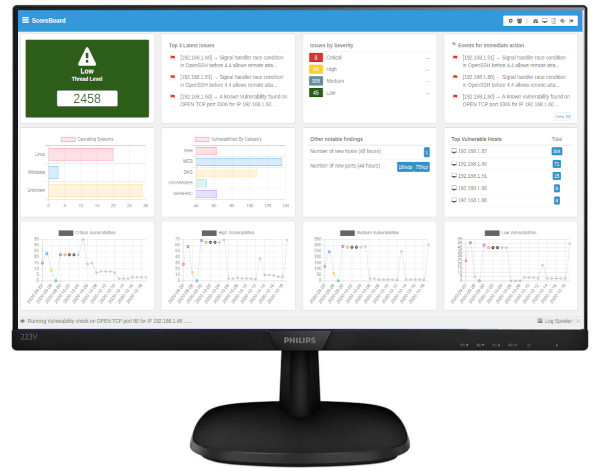The most common phishing email categories
Phishing emails are typically classified to the following categories:
- Spoofed emails: These are emails that appear to come from a trusted source, such as a bank or a well-known company, but are actually sent by a hacker or scammer.
- Deceptive emails: These are emails that contain false information in order to trick the recipient into taking a specific action, such as clicking a link or providing sensitive information.
- Spear phishing emails: These are highly targeted phishing emails that are designed to trick the recipient into thinking they are communicating with someone they trust, such as a friend or colleague.
- CEO fraud emails: These are emails that appear to come from the CEO or a high-level executive of a company and request sensitive information or wire transfers.
- Email account compromise (EAC) phishing: These are emails that are sent from an email account that has been hacked or compromised, and often include a request for sensitive information or money.
- Attachment-based phishing: These are emails that contain a malicious attachment, such as a virus or malware, which can compromise the recipient's computer or steal their information.
- Domain spoofing phishing: These are emails that appear to come from a legitimate domain but are actually sent from a different, malicious domain.
- Clone phishing: These are phishing emails that are identical or nearly identical to a previous, legitimate email that the recipient has received, but with a different request or link.
- SMiShing (SMS phishing): These are phishing scams that use text messages (SMS) instead of emails to trick the recipient into providing sensitive information or clicking a link.
- Vishing (voice phishing): These are phishing scams that use voice calls or voicemail messages instead of emails or text messages to trick the recipient into providing sensitive information.
- Social media phishing email is a type of phishing attack that uses social engineering tactics to trick individuals into providing their login credentials, personal information, or payment details through a fake email that appears to be from a legitimate social media platform.
It's important to be aware of these different types of phishing emails and to exercise caution when receiving emails or messages that ask for sensitive information or money.
Related Articles 
|
|

 Login
Login
